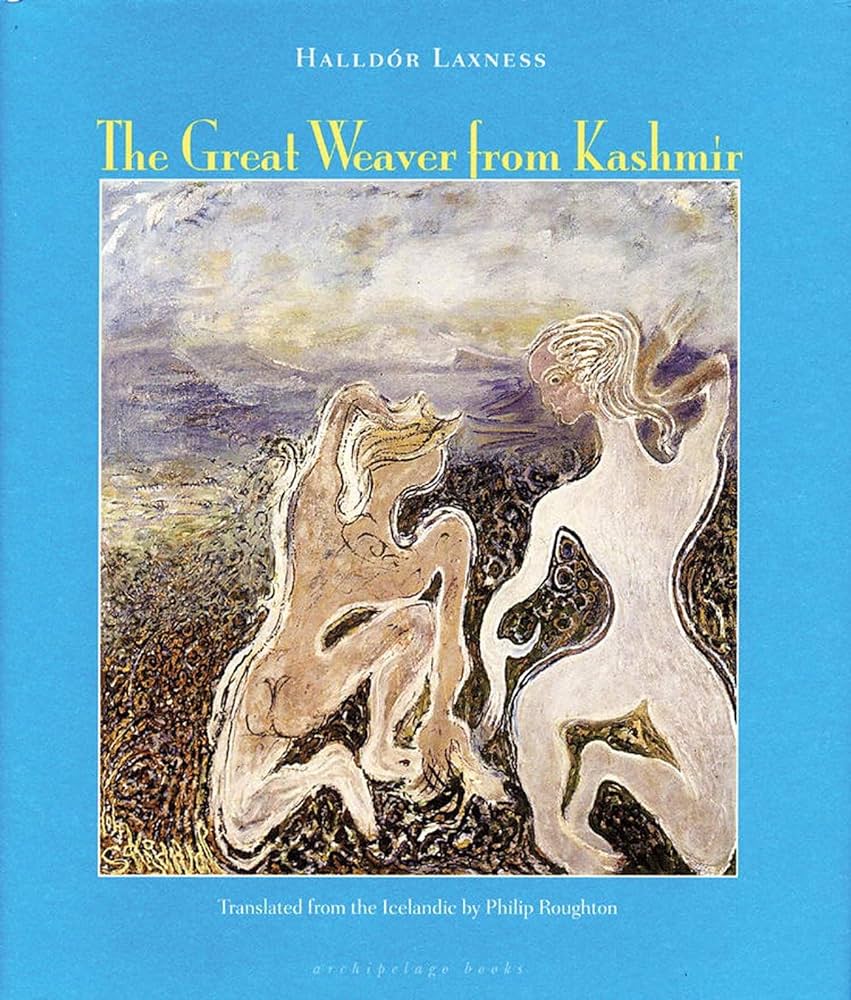The Great Weaver from Kashmir is centered around Steinn Elliði, a 19-year-old protagonist, and follows several years of his life. While the novel may initially appear to be a conventional Bildungsroman, a deeper reading reveals how it transcends and challenges this traditional framework. Steinn Elliði vacillates between three main belief systems: Catholicism, Communism, and Friedrich Nietzsche’s concept of the Übermensch. The Catholic lives for God, the Communist for humanity, and the follower of the Superman ideal lives for himself.
The character of Steinn Elliði shares many similarities with Laxness himself. Laxness briefly converted to Catholicism and even spent time in a monastery, much like his protagonist. However, The Great Weaver from Kashmir can be seen as a pivotal work marking Laxness's departure from the Catholic Church. Ultimately, it was not God but his fellow humans who won the battle for Laxness's soul, as he shifted his focus towards socialism.
This novel is not only significant for its exploration of complex philosophical themes but also for its role in establishing Laxness as a modernist pioneer in Icelandic literature.


